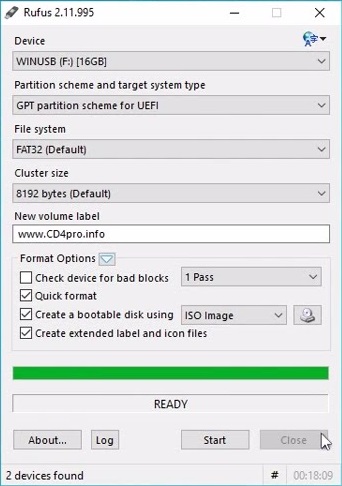
Tested working on: EAC/BE/Vanguard/ESEA/FACEIT There are a lot of people using this method to safely ban evade HWID bans in many games. This is all public information available for many years. I have updated the guide with more information + screenshots/videos and have decided to post it here for everyone. I made a small guide that I gave to some friends. Is a lot of work.I have been using this method for around 3 years.
#Uefitool tutorial software
In order to modify VRM behavior, you would need not only the manufactures software but also an spi flasher with a soic clip or good smd soldering skills While the bios can talk to them, it has no way to change the behavior Many controllers remain hard-coded and function on their own IF it even moves in the maner of possibility It's less work to annoy the company and letting their engineers fix the issue somedayTM If two board's are plain identical or the same VRM setup was used somewhere, you can technically port over the modules for controlĮither they speak in correct language with the vrn controller, or only g*rbage is send and nothing is returnedīut porting modules, implanting them and linking them so they are loaded and the options even show up * looking at early Taichi, gigabyte and early MSI days * What could be done, is that most low end bioses lack the modules for any kind of LLC control + the high risk of blowing them up and spreading corrosive "fluid" on your board Not forgetting understanding how their firmware works on the vrm chips Will look on those.Ĭlick to expand.In order to modify VRM behavior, you would need not only the manufactures software but also an spi flasher with a soic clip or good smd soldering skills
#Uefitool tutorial pro
And I understand little from IDA Pro from days that I playing Samsung TV firmwares. Since I am micro-controller hobbyist, so I have some SPI flashers and debuggers at home.

And worse, I am not that talented person but just an author of wxHe圎ditor and founder of. Well, the points you told are looks frightening. So what If doing same when Zen3 enabled B450 BIOS comes? Will they not work on B350 anymore? I also heard some B350 boards just accepts B450 BIOS and run it without any issue. Since they don't gonna changed but copied as block, will it still need to re-sign those? If it's not possible due cryptographic keys held by AMD, this is another story.ĪFAIK those signatures just for protecting whole modules integrity (might be I am mistaken). I though I can purchase a 4650G APU, copy microcode and OROM sections to my BIOS and it gonna work. Couldn't we copy AGESA from A bios to B bios easily? I don't understand why it's needed to work on every piece of bios. Why copying Microcode and OROM sections alone does not make the trick? So doesn't it easy to copy 4000G and 5000G APU support from this BIOS to B350/X370 series? (this is for A300 BIOS) for example using UBU? The board will need to have a >32MB Rom Chip, unless you are very talented & can do it by cutting stuff outĬlick to expand.The BIOS you ask is here: It's "possible" if you want to invest a lot of time Winraid (search for Lost_In_Bios, the person's posts to learn) & 1usmus Tutorial Easy moding is with AMIBCP, correct transplants is with the tools above.Have an SPI Flasher on hand and figure out the structure.Keep in mind, not only PSPFirmware has signing headers, but AGESA has an own public key too.Have a Hex Editor, use Cutter & Uefi Bios Editor to decrypt Bios Structure and direct editting after knowing HEX and GUID module location.
#Uefitool tutorial plus
Use UefiTool to figure modules out or get familiar with Cutter or Ghidra plus EFI plugins (Cutter is great but like IDA, complicated).Get microcodes out with UBU-Tool, and modules you want.

#Uefitool tutorial psp
PSP section out and check with CyReVolt PSP Analyzation Tool (OrangeCSM)


 0 kommentar(er)
0 kommentar(er)
